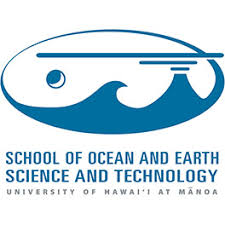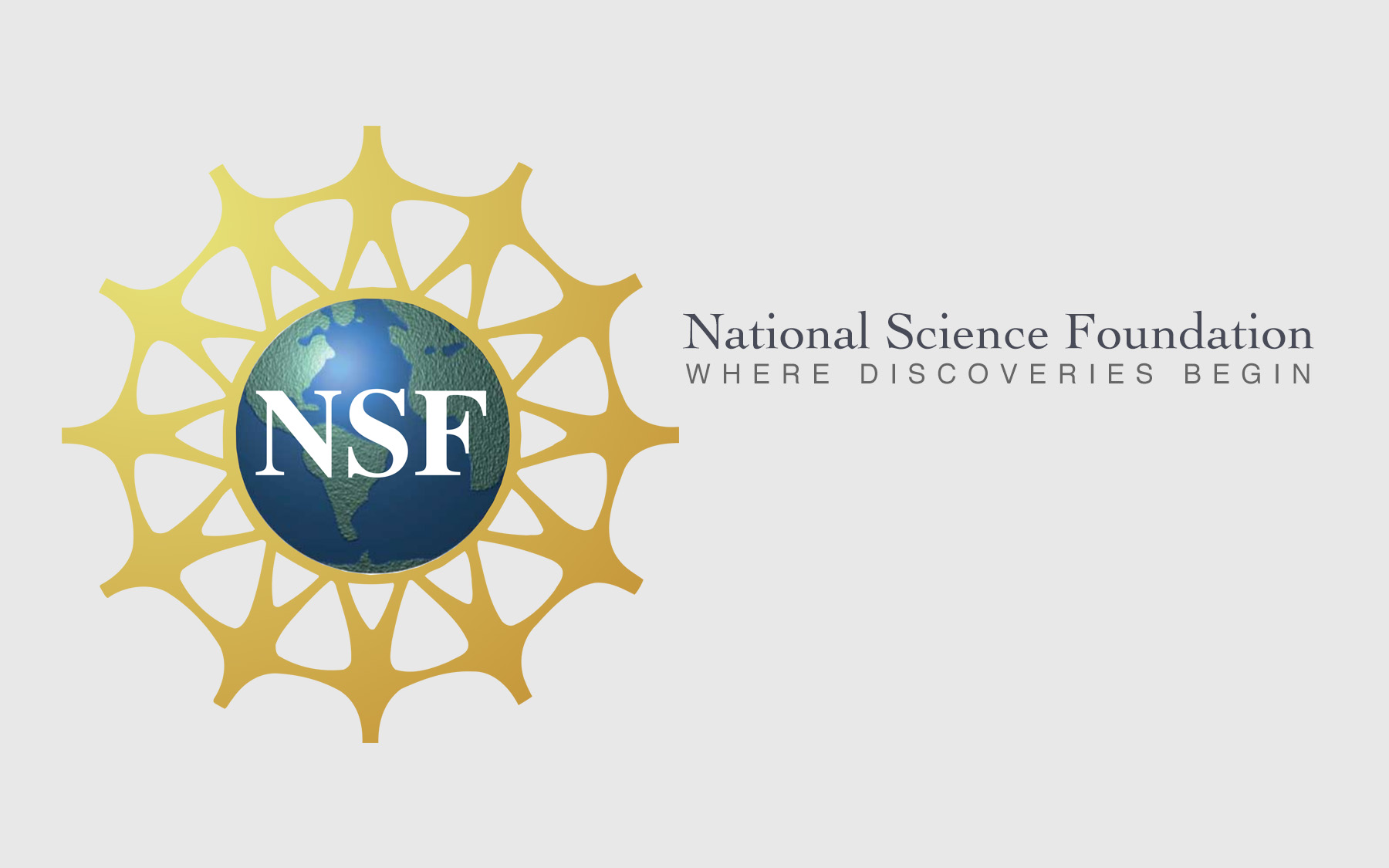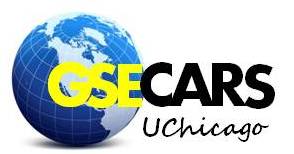E3: Extreme materials, extreme phenomena, extreme environments
Extreme-conditions science is a vibrant, multidisciplinary field that characterizes unique states of matter, simulates processes that take place in inaccessible
environments such as planetary interiors, and synthesizes new materials with properties that have compelling technological applications. The last decade has seen
milestones reached in crystallographic instrumentation for high-pressure studies and improvements in the robustness of experimental methodology and software, as
well as ab initio techniques. Crystallographic structure determination at pressures up to a megabar has become routine, and several recent reports have even far
exceeded that pressure. Furthermore, methods are actively being developed that enable the analysis of multi-grain data collected on samples composed of hundreds
of individual crystallites, and that can quantitatively characterize the development of lattice-preferred orientation during sample deformation. Advances in X-ray
detector technology and pressure-controlling devices facilitate the collection of crystallographic data with unprecedented speed, and at controlled stress and
strain rates, enabling time-resolved experiments.
Computational approaches now play an integral role in extreme-conditions crystallography. However, while there has been considerable progress in expanding the
predictive power of computational methods, the complex energy landscapes of multicomponent chemical systems make it such that they work best in tandem with
physical experiments. Measurement-based determination of the crystal structures of high-pressure and temperature phases opens the door for first-principles
calculations to predict material properties that are too difficult to measure in the lab. These methods can also be used to explore environmental conditions
that are inaccessible to experiments.
The purpose of the 2018 workshop of the International Union of Crystallography (IUCr) Commission on High Pressure is to bring together researchers who apply these
tools of extreme-conditions crystallography to different disciplines of science, including biology, condensed-matter physics, solid-state chemistry, geophysics,
materials science, and nanotechnology, and to stimulate discussion about recent developments in their fields and exciting research directions for the future.
- New information
- Please take note of the following check-in and registration information for the first day of the IUCr 2018 HP workshop at the Ala Moana hotel:
- Tomorrow: check in will begin at 7 AM, with opening remarks and session 1 (Emerging experimental techniques) beginning at 8 AM. Please pick up your badge and sign in at the registration table outside of the Hibiscus II ballroom. Speakers, please arrive early so that we may load your talks and settle any A/V issues before the sessions begin.
- Tonight: There will be a banquet dinner and welcome reception held at The Willows restaurant, beginning at 6 PM. You may either walk, catch a ride, or drive. The restaurant is 5 minutes drive from the UH Manoa campus, and approximately 10 minutes from the Ala Moana hotel. Parking is valet $3 without gratuity. Please mention at the door that you are with the IUCr 2018 workshop.
Important dates
April 15 - Young scientist travel support application deadlineMay 1 - Early registration deadline
June 1 - Abstract submission deadline
May 1 - Hotel special pricing cutoff















